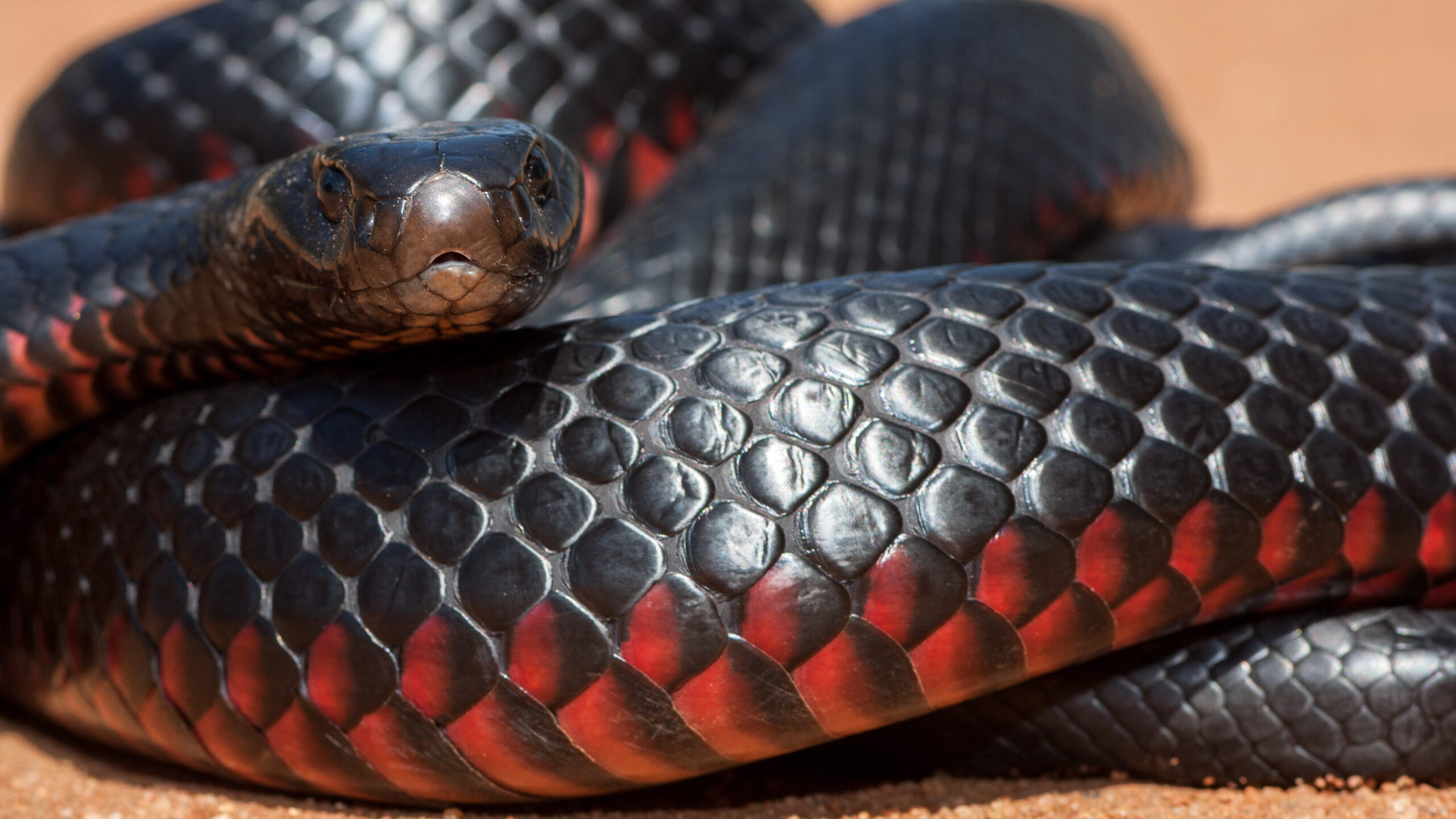Introduction
Tiger snakes (Notechis scutatus) are amongst the most fascinating yet feared reptiles located in Australia. With their striking appearance and australian snake bite first aid powerful venom, these snakes evoke a blend of awe and care. Observing tiger serpents in their native environment can be an exciting experience for nature lovers, wild animals professional photographers, and researchers alike. However, it's critical to approach this endeavor with regard for the animal's environment and an understanding of safety measures to stop snake bites.
In this comprehensive overview, we'll discover just how to securely observe tiger snakes in their all-natural environment. We will cover subjects varying from recognizing their habits and habitats to emergency treatment for snake bites-- furnishing you with expertise to enhance your experience while decreasing threats.
What is a Tiger Snake?
Tiger snakes are extremely poisonous snakes belonging to Australia, particularly Tasmania and seaside regions. They are known for their distinct grouped pigmentation resembling a tiger's stripes, which can range from yellowish-brown to dark brown or perhaps black.
Physical Characteristics
Tiger snakes are medium to large-sized snakes that can grow up to 2 meters long. Their bodies are robust, and they have a wide head that is clearly wider than their necks.
Habitat Preferences of Tiger Snakes
These reptiles commonly inhabit marshes, tidewaters, and coastal areas however can also be found near freshwater sources like rivers and lakes. Recognizing where these snakes live is important for any person wanting to observe them safely.

Understanding Tiger Serpent Behavior
Are Tiger Snakes Venomous?
Yes, tiger serpents are amongst one of the most venomous snake types worldwide. Their poison has neurotoxins that can lead to serious clinical difficulties if bitten.
Behavioral Traits
Tiger serpents are usually timid animals; they like to avoid human communication. Nevertheless, they can come to be aggressive if endangered or cornered.

Where Can You Locate Tiger Snakes?
Tiger Serpent Habitat Exploration
To safely observe tiger serpents in their all-natural habitat, it's important initially to recognize where they flourish. They tend to favor:
- Coastal marshlands Mangroves Swamps Riverbanks
Best Places for Observation
Some suggested locations consist of:
- Tasmanian wetlands The coastlines of southerly Australia National parks with water bodies
Safety Preventative measures Before Observing Tiger Snakes
Understanding the Risks of a Tiger Snake Bite
Although experiences with tiger serpents can be thrilling, understanding the risks involved is vital:

First Help for Snake Bites: What You Required to Know
Knowing what steps to take if bitten can conserve your life or another person's:
- Stay tranquility; motion enhances poison spread. Call for clinical assistance immediately. Do not apply ice or attempt suctioning.
How to Securely Observe Tiger Snakes in Their All-natural Habitat
When you http://alexisldeh144.huicopper.com/first-aid-for-a-snake-bite-a-step-by-step-approach decide to observe tiger serpents in the wild:
Dress Appropriately: Put on long trousers and sturdy boots. Use Binoculars: Maintain a safe range while observing these reptiles. Avoid Abrupt Movements: Quick activities may alarm them. Stay on Established Trails: Prevent roaming into thick underbrush where visibility is low.Equipment Required for Observation
Essential Gear Checklist
- Binoculars First-aid kit especially created for snake bites Field manual on Australian reptiles Camera (with zoom capacity)
Snake Bite First Aid Package Essentials
A well-appointed emergency treatment kit should include:|Product|Objective|| -------------------------------|-------------------------------|| Compression bandage|To debilitate the afflicted area|| Antihistamines|For allergies|| Emergency contact numbers|Quick accessibility during emergencies|
Interpreting Tiger Serpent Signals
Understanding exactly how tiger snakes connect with body language aids onlookers evaluate when it's safe or unsafe:
Common Behaviors
Defensive posture: If curled or increased off the ground. Retreating habits: When they gradually back away from potential threats.Dealing With Possible Encounters
Even with preventative measures taken, an encounter might still happen during your observation journey:
Remain calm; stressing only increases risks. Slowly back away without turning your back on the snake. Make your visibility known verbally but stay clear of sudden movements.Frequently Asked Concerns Concerning Tiger Snakes
1. What ought to I do if I see a tiger snake?
Remain calm; observe from a distance without troubling it.
2. Are baby tiger snakes dangerous?
Yes, adolescent tiger snakes are born poisonous and might position threats comparable to adults regardless of being smaller.
3. How common are tiger snake bites?
While cases take place each year in Australia, deaths are rare as a result of punctual treatment availability.
4. Can I keep a tiger snake as a pet?
Keeping wild tiger serpents as animals is prohibited in many areas as a result of preservation laws.
5. What does a tiger serpent attack appearance like?
Bite marks normally show two puncture injuries together with local swelling and discoloration.
6. How effective is antivenom?
Antivenom treatment is very reliable when carried out timely after a bite.
Conclusion
Observing tiger serpents in their all-natural habitat offers an electrifying possibility for wild animals enthusiasts however have to be approached with caution and regard for both the animal and its atmosphere. By arming on your own with knowledge concerning these remarkable reptiles-- consisting of recognizing their actions and safety measures-- you can enjoy remarkable experiences while significantly minimizing risks http://jaredjefz310.lowescouponn.com/visual-guide-first-aid-for-a-snake-bite-with-pictures-2 related to encounters.
In recap, always focus on security by preparing effectively prior to starting any type of wildlife monitoring expedition-- specifically when managing some of nature's most poisonous animals like the tiger snake!